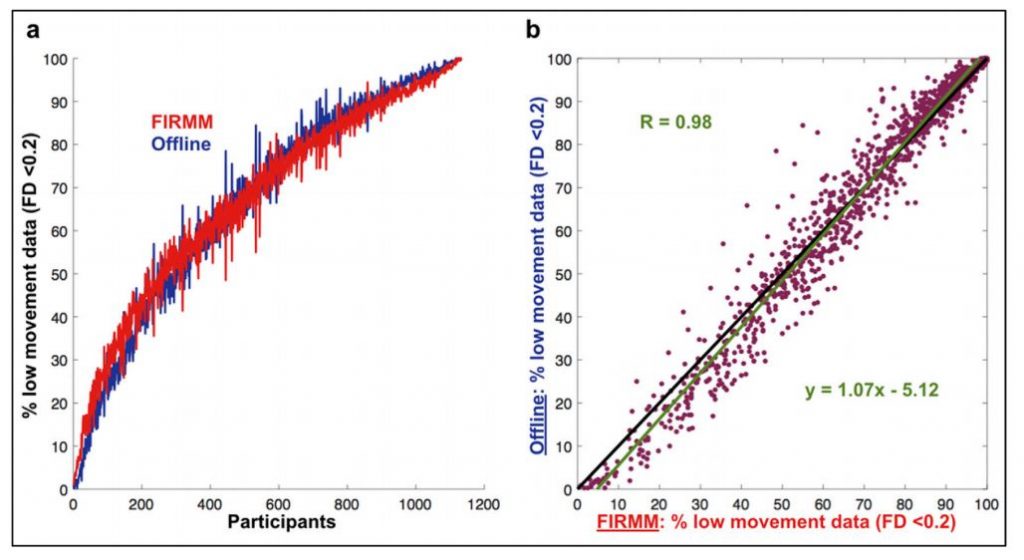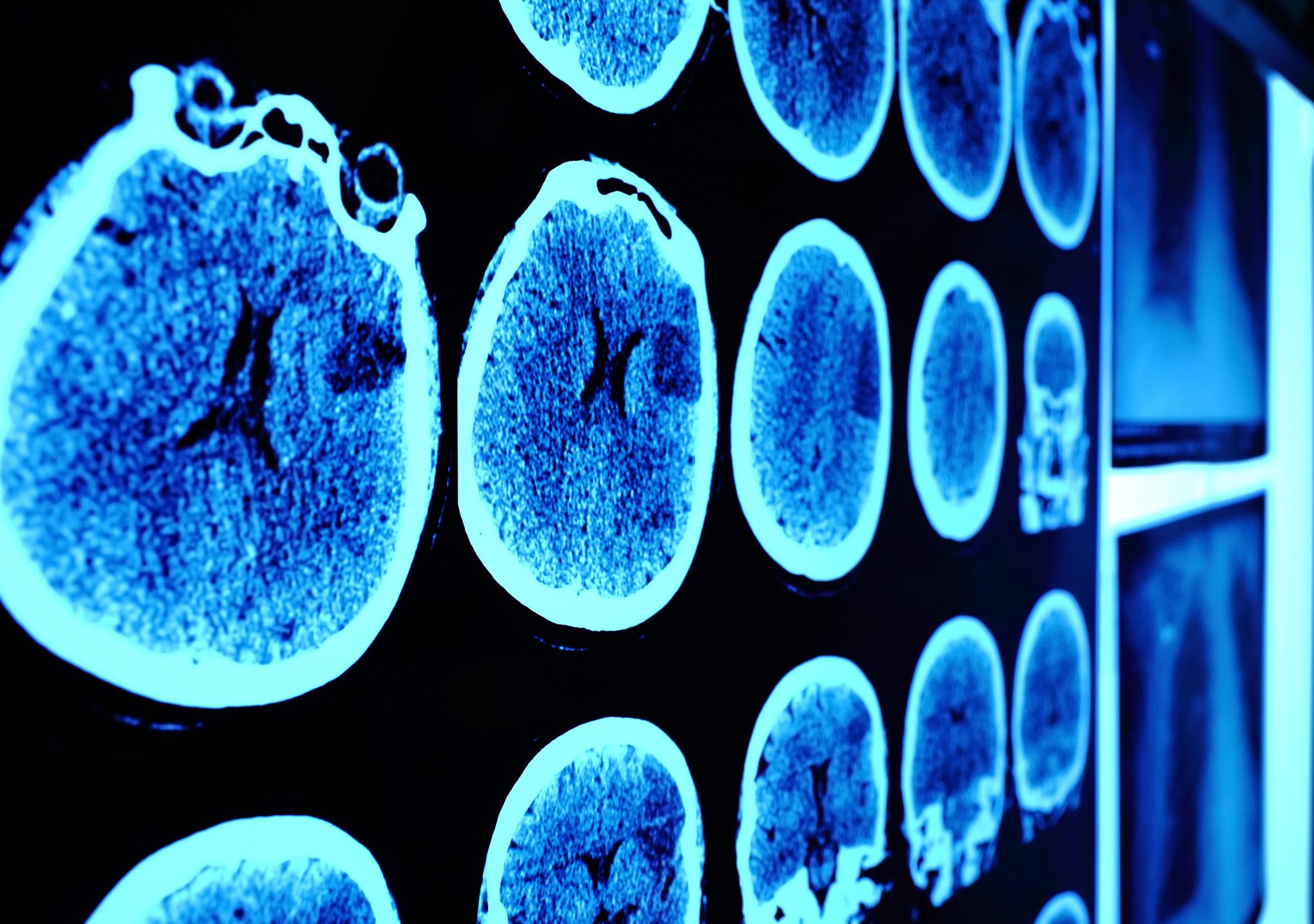Brain imaging or neuroimaging is a group of imaging techniques that integrates inputs and information from disciplines of neuroscience and psychology to assess the disorders of the brain and its proper functioning. Brain imaging acts as a pillar to facilitate better brain diagnosis along with improving research pertaining to the human brain. The techniques span from the traditional computed tomography (CT) scan, to the latest developments in Magnetic resonance imaging (MRI).
Despite its advantages, brain imaging techniques such as MRI face some huge problems, such as, reduction in data quality that happens when a patient moves his or her head during the scanning process. This hinders brain analysis or findings to a significant extent and can lead to improper diagnosis. This article takes a brief look into a study on how real-time image data analysis using machine learning plays a crucial role in improving data quality — in addition to reducing high costs incurred in MRIs.
Data Quality Is A Big Issue
Head movement during MRI scans is sometimes involuntary in patients with schizophrenia or bipolar disorder and also with young patients. They tend to move their heads more compared to others, causing a disturbance in the scan, with output images being blurred or irregular. In order to overcome this, one study by academics at the Washington University School of Medicine, US in association with Oregon Health and Science University, US developed a novel software called Framewise Integrated Real-time MRI monitoring (FIRMM) which gives real-time head motion statistics allowing physicians and neurologists to focus only on the data which has low head movement. This method has proved to be extremely effective with advantages such as reduced costs as well as lesser scan time (by almost more than 50 percent).
How FIRMM Software Works?
FIRMM software developed by the researchers assists MRI scanner operators by monitoring sensitive brain-related data in real-time and providing metrics on the data quality. The software is developed under a Linux operating system environment and works mainly in Ubuntu and CentOS platforms. FIRMM uses MATLAB compiler to run with shell scripts and Django web application for image processing and application interface respectively. MATLAB is used to retrieve images of recent time frames, which are then passed for image processing. Django is then used to display results visually in the form of plots and tables in the software with the help of a browser.
The image data fed in FIRMM is echo planar imaging (EPI) data which is converted to the standard DICOM format for images related to medical fields. This is primarily because DICOM format is compatible with most of MRI scanner equipments and supports offline data analysis too. When it comes to detecting head motion in FIRMM, the concept used is called Framewise displacement (FD) algorithm, and a linear model is developed based on this concept, which uses machine learning algorithms for predictions. In the words of the researchers, the description of the model is as follows :
“The head motion (FD) prediction algorithm is a linear model that updates with each new data frame (y = mx + b), where y is the predicted number of low-movement frames below a certain FD cutoff at the end of the scan or experiment, x is the consecutive frame count, and m and b are estimated for each participant in real time. A given frame is labeled as usable if the relative object displacement is less than a given FD threshold (in mm), using as reference the object’s position in the previous frame. The prediction algorithm is implemented in Python using the scikit-learn package (http://scikit-learn.org). The prediction algorithm outputs are displayed inside the ‘Predicted Duration to Scan Criteria’ box in FIRMM’s graphical user interface (GUI), as minutes until the user-specified data criterion is reached. FIRMM users can select three FD thresholds (in mm) and the desired amount of low-movement data (in min.) using a simple settings file.”
For the data quality analysis, a total of 1,134 scanning instances were recorded right from kids to adults. The datasets are segregated into two types: ADHD and ASD group and FHA group, for validation and working. The data is used to evaluate FIRMM’s head motion prediction algorithm which was mentioned earlier. The MRI scanner for this study was Siemens Tim Trio 3.0 T Magnetom. The reason for selecting this scanner was, the images had to be quickly processed for prediction. In addition, the machine supported DICOM format of images.
Key Focus Of The Study
The emphasis given here is for low head movement only. This is due to the reason that lower movement images foster better analysis of the brain. The FIRMM’s results proved to be faster and accurate compared to the standard offline post-hoc method by almost more than 50 percent. Furthermore, the study explored the effects of higher head movement along all factors such as age, gender and mental health conditions. Even though an increase in all these factors lead to undesirable FD in the image, FIRMM would optimise the conditions for speed and accuracy.

Conclusion
The above mentioned method is relatively new and it is suggested that the future methods on brain imaging focus on real-time data due to its criticality. Although there are plenty of other statistical approaches that are available to work with FD concept in FIRMM, such as AFNI and SPM, the aspect of relevance of data at the right time should always be kept in mind.












































































